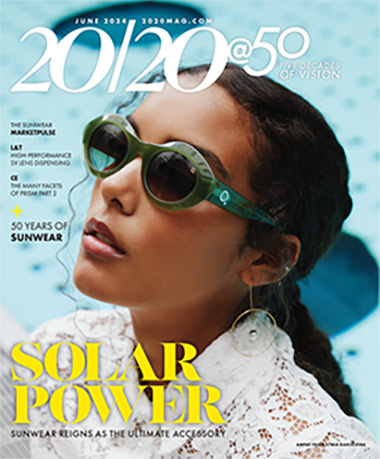
| |
Volume 6, Number 21
|
Monday, May 29, 2006
|

|
||
| Letter to the
Editor Regarding the May 22, 2006 Editorial: How Did It
Happen?
Dear Dr. Pascucci: While I agree with your observation that the system is broken, I have some disagreement with your perspective. There is no law that prevented the physicians in question to provide prompt and reasonable care for your assistant. If there is, please share it with me. Those physicians each made a conscious decision not to care enough. It simply wasn"t worth it. To be honest, the financial risk benefit ratio wasn"t there and, unfortunately, the "community standard" validates this unthinkable behavior. No excuses. The real power to set the standard of care comes from within the medical community, it is not granted by legislative bodies or insurance companies. The ugly truth is that those doctors didn"t see your assistant as a significant "profit center" and used the liability and community standard issue as sufficient justification to sit on their respective hands. I recall an oath that was designed to set our bar at a much higher level. Sincerely, Elliot M. Kirstein, O.D., F.A.A.O. Harper"s Point Eye Associates Cincinnati, Ohio 45249-2313 [email protected] Dear Dr. Kirstein: Your point is essentially what I was trying to make. Medicine seems to have lost its way. The public do not believe doctors care any more. We are our own worst enemies when it comes to the PR war that exists between doctors and attorneys when it comes to patients. More docs need to refresh their memories about that oath and step up to the plate for patients. Those that do will, likely, not be financially the most well off but will be (professionally) more content and financially successful enough. At least, that"s my practice philosophy. Stephen E. Pascucci, M.D. Eye Consultants of Bonita Springs, PLLC Bonita Springs, FL 34135 [email protected] |
|

|
||

|
||

|
||
BRIEFLY
|
|
|
||||||||||||||
| Subscriptions: Review of Ophthalmology Online
is provided free of charge as a service of Jobson Publishing, LLC. If
you enjoy reading Review of Ophthalmology Online, please tell a
friend or colleague about it. Forward this newsletter or send this address:
[email protected].
To change your subscription, reply to this message and give us your old
address and your new address; type "Change of Address" in the
subject line. If you do not want to receive Review of Ophthalmology
Online, reply to this message and type "Unsubscribe: Review of Ophthalmology
Online" in the subject line. Advertising: For information on advertising in this e-mail newsletter or other creative advertising opportunities with Review of Ophthalmology, please contact publisher Rick Bay, or sales managers James Henne, Michele Barrett or Kimberly McCarthy. News: To submit news, send an e-mail, or FAX your news to 610.492.1049 |












